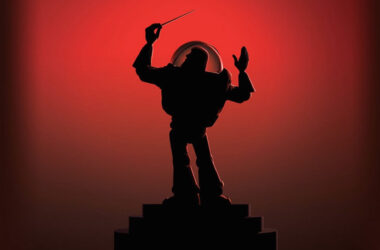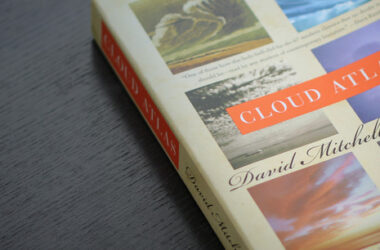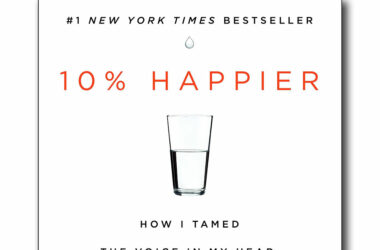Come for the NBA Jam, stay for the real world applications of Big Data.
That’s the premise of The Hot Hand: The Mystery and Science of Streaks, anyway. The book talks about the phenomenon of the hot hand—that sense of getting into a flow state—most famously encapsulated within basketball by players hitting a bunch of shots in a row. And while athletes will often cite the feeling of getting “in the zone,” the idea of experiencing hot hands was disproven as a fallacy in the 80s by a group of psychologists; counterintuitively, their paper claimed that whether a shot which goes into the basket has no bearing on the next one. Shooting is like flipping a coin, where each shot should be considered an independent event and streaks incidental.
Given the title and topic of discussion, I had expected the book to center around basketball, particularly as the use of analytics in the NBA has really ramped up in recent years1. The author, however, goes on a journey: he starts by covering how the hot hand is perceived in the NBA and how it’s literally represented as a flaming ball in the classic NBA Jam arcade game, but segues into how hot streaks apply to other disciplines, from Shakespearean plays to the Gambler’s Fallacy applied to investing. From there, the story digs into how increasing amounts of data has solved mysteries like lost Van Gogh artwork and missing WWII heroes.
Granted, the author eventually does loop back to how the addition of data and tooling for that data relates to the hot hand phenomenon. In fact, he updates the story to 2018 where another group of researchers reviews the data and is able to disprove the original 1980s paper, that shooting streaks occur not by pure happenstance but because an athlete can will their way to making more shots in a row2. The original results felt so disconnected from how players and coaches and fans experience the sport that it’s somewhat of a relief to know that the science ultimately validates everyone’s instincts.
I can’t help but be disappointed, though, that the book itself veers off in so many different and seemingly random directions, that it’s much less of a book on basketball than I expected. The author defends the original research by highlighting the propensity for the human mind to find patterns where none exist, and conversely how we’re bad at recognizing true randomness. There may be a thread that ties all these instances together, but it may well be meta-ironic; the connective pattern only seems to exist because the author is looking for one.
There’s even a major conference dedicated to data in sports, centered around basketball.↩
Science is wonderful in this way.↩




